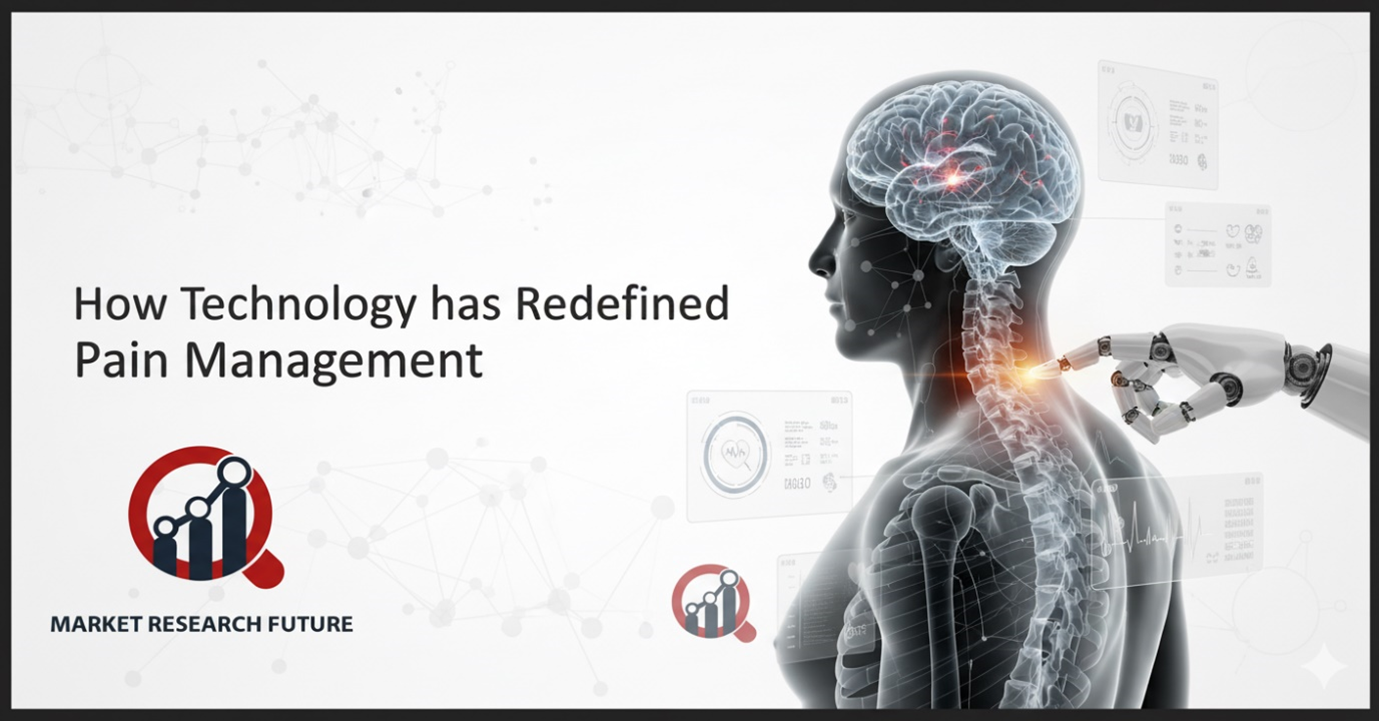Pain Management: Recognizing The Value of Technology

Technology is reshaping pain management, making relief more precise, accessible, and holistic. From wearables to virtual reality and smart apps, these tools offer real-time insights, personalized therapies, and support for both body and mind—putting comfort and control back in your hands
Bridging Pain Relief and Innovation
Pain can be exhausting. Not just physically, but emotionally too. It can steal your sleep, your focus, and your joy. The good news? Technology is changing the way we understand and manage pain—making relief more personal, effective, and accessible than ever before.
From Guesswork to Precision
Not too long ago, pain management relied heavily on trial and error. Today, technology brings clarity. Smart wearables can track your movements, detect strain, and hint at patterns that trigger discomfort. Digital health apps can guide you into better posture, breathing, or relaxation techniques, all tailored specifically for you. It’s like having a health coach who never sleeps.
Virtual Support, Real Results
Online platforms now connect patients with specialists instantly. No waiting weeks for a clinic visit. Video consultations and AI-driven assessments make it possible to start a care plan from your living room. This digital convenience doesn’t just save time—it encourages consistency, which is key to reducing chronic pain flare-ups.
Smarter Therapies, Faster Comfort
Technology has moved beyond just monitoring. Non-invasive devices now offer targeted relief by stimulating nerves or using gentle heat therapy. They understand your body’s unique response and adjust in real time. This means less dependency on medication, and more focus on restoring mobility and comfort naturally.
Mind Meets Machine
Pain isn’t only physical. Stress and anxiety intensify it. Integrative platforms now blend mindfulness practices with technology—guided meditation in VR, calming soundscapes adjusted to your mood, even AI-based journaling that helps you track emotional triggers. The result? A more complete and balanced approach to healing.
A Future Without Limits
The most exciting part is that pain tech keeps evolving. Innovations once seen only in research labs are now becoming everyday tools. And each step forward makes comfort more achievable for anyone, anywhere. By embracing technology, we move closer to a future where pain doesn’t control the pace of life—you do.

Leave a Comment